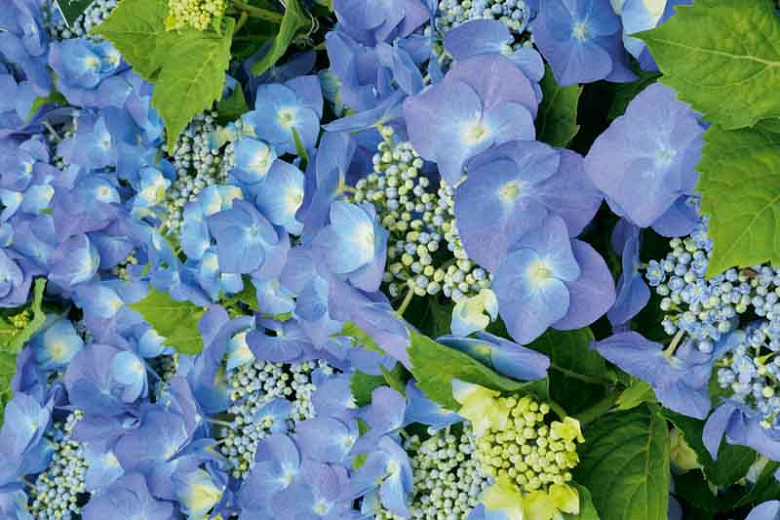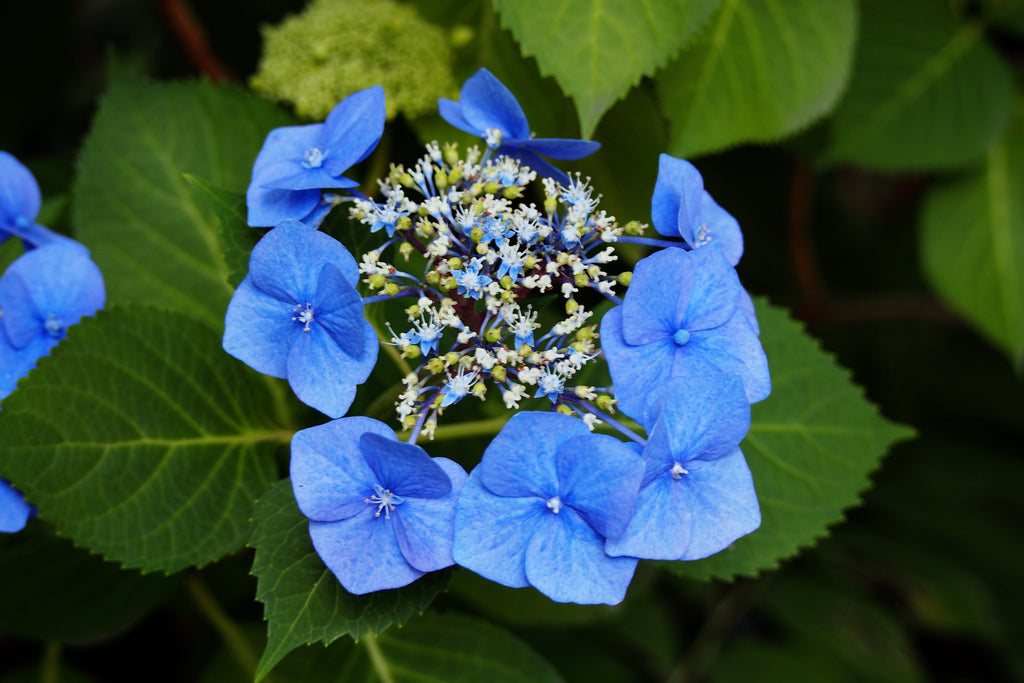The Bluebird Hydrangea That Will Steal Your Heart
The Bluebird Hydrangea That Will Steal Your Heart
Hydrangeas are some of the most popular flowering shrubs in the world, and for good reason. They come in a wide variety of colors, sizes, and shapes, and they are relatively easy to care for. But if you are looking for a hydrangea that is truly unique and special, then you need to check out the bluebird hydrangea.
The bluebird hydrangea is a relatively new variety of hydrangea, but it has quickly become one of the most popular. It is named for its beautiful blue flowers, which resemble the feathers of a bluebird. The flowers are borne in large, conical clusters, and they can reach up to 12 inches in diameter.
The bluebird hydrangea is a deciduous shrub, which means that it loses its leaves in the fall. However, even when it is not in bloom, the bluebird hydrangea is still a beautiful plant. The leaves are a deep green color, and they have a distinctive serrated edge.
The bluebird hydrangea is a relatively easy plant to care for. It prefers full sun, but it can also tolerate partial shade. It is also drought-tolerant, once it is established. The best time to plant a bluebird hydrangea is in the spring or fall.
If you are looking for a hydrangea that is both beautiful and easy to care for, then the bluebird hydrangea is the perfect choice for you. It is a surefire way to add a touch of beauty and elegance to your garden.
Main Content
Here are some of the things that make the bluebird hydrangea so special:
- Its beautiful blue flowers.
- Its large, conical flower clusters.
- Its deep green leaves with serrated edges.
- Its drought-tolerance.
- Its relative ease of care.
The bluebird hydrangea is a great choice for a variety of gardens. It can be planted in a sunny or partially shaded location. It is also a good choice for a container garden.
Here are some tips for caring for a bluebird hydrangea:
- Plant it in well-drained soil.
- Water it regularly, especially during the first year after planting.
- Fertilize it in the spring and fall.
- Deadhead the flowers to encourage new blooms.
- Protect it from frost in the winter.
The bluebird hydrangea is a relatively pest- and disease-free plant. However, it can be susceptible to aphids and powdery mildew. If you see any pests or diseases, treat them promptly.
The bluebird hydrangea is a beautiful and easy-care plant that is sure to add a touch of elegance to your garden. If you are looking for a hydrangea that is different from the rest, then the bluebird hydrangea is the perfect choice for you.
Conclusion
The bluebird hydrangea is a truly unique and special plant. It is a great choice for a variety of gardens, and it is relatively easy to care for. If you are looking for a hydrangea that will steal your heart, then the bluebird hydrangea is the perfect choice for you.
If you're looking for a beautiful and easy-to-grow hydrangea, then Hydrangea macrophylla 'Blaumeise' is a great choice. This stunning plant produces large, deep blue flowers that are sure to add a touch of elegance to your garden.
'Blaumeise' is a lacecap hydrangea, which means that it has two types of flowers: small, fertile flowers in the center, and larger, sterile flowers around the edge. The sterile flowers are what give 'Blaumeise' its distinctive blue color.
'Blaumeise' is a relatively low-maintenance plant. It prefers partial shade and moist, well-drained soil. It is also tolerant of a wide range of pH levels, so you can grow it in either acidic or alkaline soil.
If you're interested in learning more about Hydrangea macrophylla 'Blaumeise', I recommend visiting . This website has a wealth of information about the plant, including its history, care requirements, and pest and disease resistance.
FAQ of hydrangea macrophylla blaumeise
Question 1: What is Hydrangea macrophylla Blaumeise?
Answer: Hydrangea macrophylla Blaumeise is a deciduous shrub that is native to Japan. It is known for its large, blue flowers that bloom in the summer. The plant can grow up to 6 feet tall and wide, and it prefers moist, well-drained soil in full sun or partial shade.
Question 2: What are the care requirements for Hydrangea macrophylla Blaumeise?
Answer: Hydrangea macrophylla Blaumeise is relatively easy to care for. It needs to be watered regularly, especially during the summer months. The soil should also be kept moist, but not soggy. The plant prefers full sun or partial shade, and it should be protected from cold winds.
Question 3: How do I get my Hydrangea macrophylla Blaumeise to bloom blue?
Answer: The color of Hydrangea macrophylla Blaumeise flowers is determined by the pH of the soil. If the soil is acidic, the flowers will be blue. If the soil is alkaline, the flowers will be pink. You can change the pH of the soil by adding sulfur or aluminum sulfate to the soil.
Question 4: How do I prune Hydrangea macrophylla Blaumeise?
Answer: Hydrangea macrophylla Blaumeise should be pruned in the spring, before the new growth begins. You can prune the plant to shape it or to remove dead or diseased branches. If you want to encourage more blooms, you can prune the plant back to the ground in the spring.
Question 5: What are some common pests and diseases that affect Hydrangea macrophylla Blaumeise?
Answer: Some common pests that affect Hydrangea macrophylla Blaumeise include aphids, spider mites, and scale insects. Some common diseases that affect the plant include leaf spot, powdery mildew, and verticillium wilt. You can control pests and diseases by using insecticidal soap, neem oil, or horticultural oil.
Image of hydrangea macrophylla blaumeise
- Image 1: A close-up of a single hydrangea macrophylla blaumeise flower. The flower is a deep blue color with a white center.

- Image 2: A full-size hydrangea macrophylla blaumeise bush in bloom. The bush is covered in blue flowers.

- Image 3: A hydrangea macrophylla blaumeise bush in a garden setting. The bush is surrounded by other flowers and plants.

- Image 4: A hydrangea macrophylla blaumeise flower in a vase. The flower is still in bud, but it is starting to turn blue.

- Image 5: A hydrangea macrophylla blaumeise flower in a field of other flowers. The flower is a bright blue color and stands out against the other flowers.

Post a Comment for "The Bluebird Hydrangea That Will Steal Your Heart"